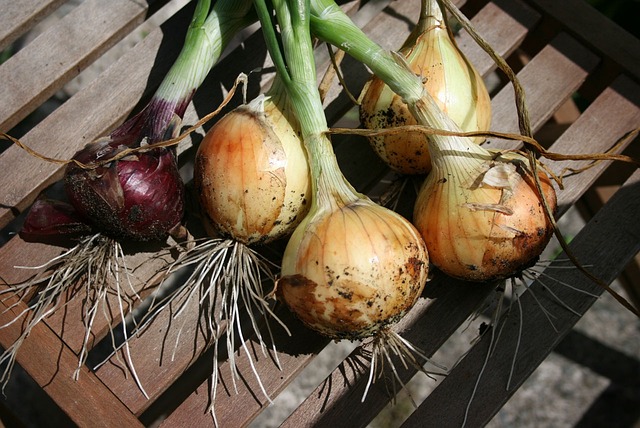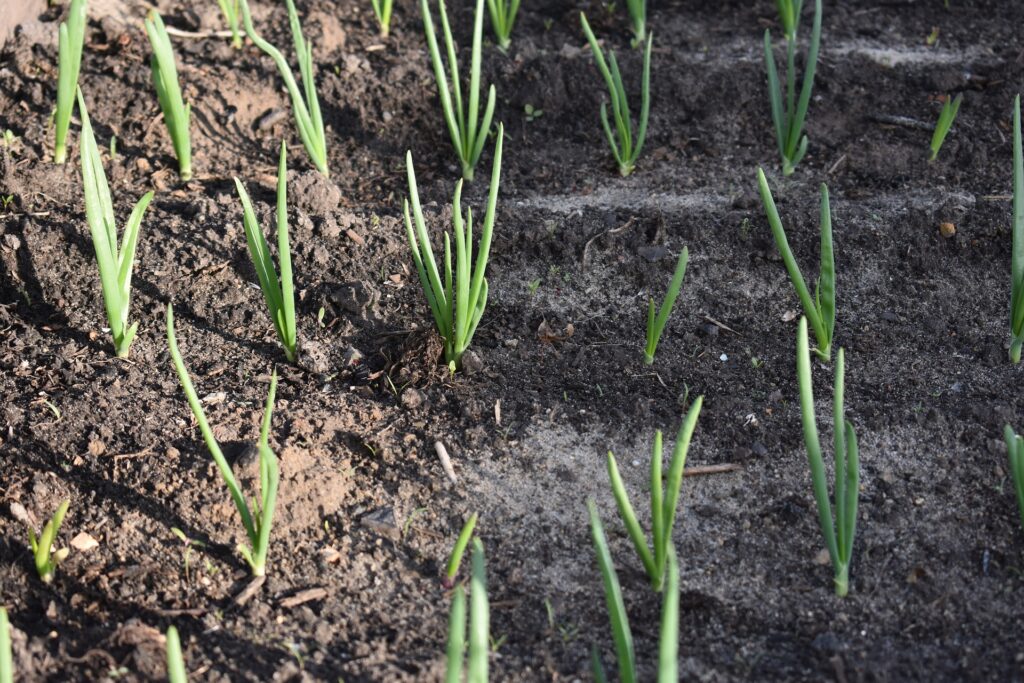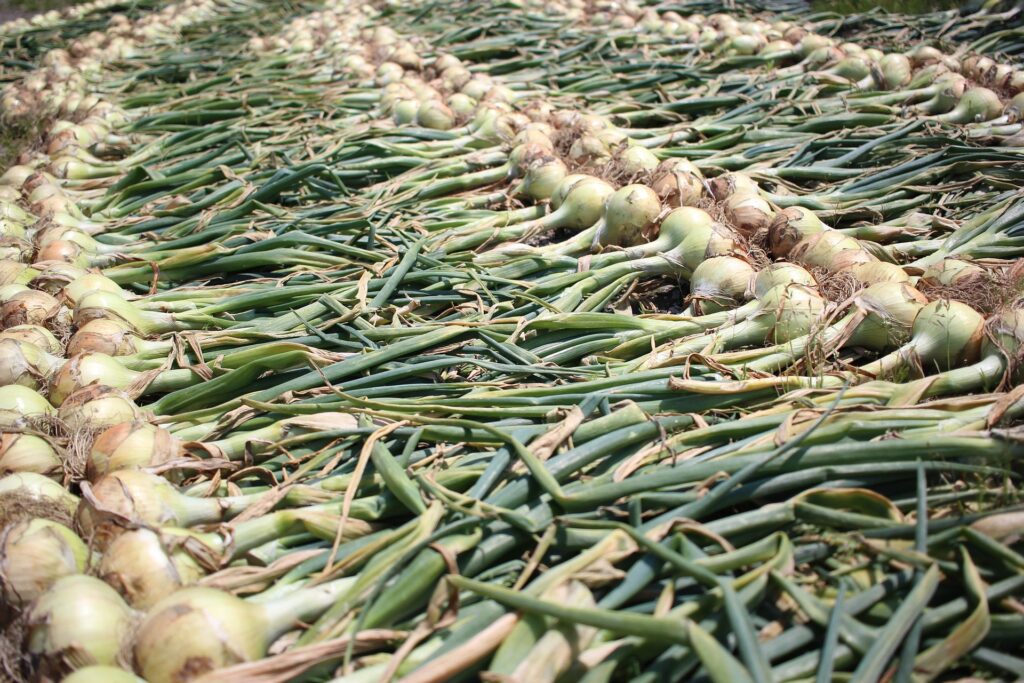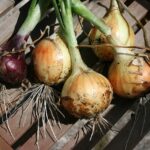We use cookies to make your experience better. To comply with the new e-Privacy directive, we need to ask for your consent to set the cookies. Learn more.
How to Grow Onions From Sets

How to Grow Onions From Sets
Although onions can be grown from seed or transplants, growing from sets is definitely the easiest way to ensure a high yielding crop. Sowing from seed can be tricky as the seeds take a while to germinate and grow. Their sprouts are also extremely small and thin, making it harder to differentiate them from weeds. Onion sets are seeds that have been planted and allowed to grow into a small onion, then harvested and kept dormant. Once these sets are planted, they start growing again and produce mature onions in about 14 weeks.
Planting
Spring planting onion sets should be planted in late March or April. Sets typically need about 100 days to produce decent bulbs. You can get away with planting onions up till mid May but these may be a bit smaller than earlier planted bulbs.
Autumn planting, also known as overwintering or Japanese onions, should be planted between September and December, and can even be planted in January and early February. The main benefit of growing overwintering onions is that you will have a crop of onions ready for eating about a month before your main crop is ready for harvest. The other major difference between Japanese and regular onions is that Japanese onions do not store as well as well as spring sown onions. They will store for about four weeks, when your main-crop onions should be ready.
Onions need a site with full sun and should be grown in fertile, loose and well drained soil. The loose soil helps the onions absorb moisture easily and also prevents the bulbs rotting in damp conditions.
Onions are quite a hungry crop and require constant nourishment to produce big healthy bulbs. You can prepare the planting area a few weeks in advance by incorporating some well rotted manure/garden compost to improve drainage and soil fertility. Or you can add a potash rich fertiliser to the soil and mix well before planting the sets.
Plant the sets 5-10cm apart, with about 30-40cm between rows. Plant the sets just below the surface, about 1-1.5cm deep. Make sure to plant the bulbs with the pointed end up and avoid planting too deep as this can affect bulb development.
It’s a good idea to mulch your onion beds, this helps to suppress weeds and retain moisture.

General Care
You may want to cover with a fleece or net to avoid birds pulling up your sets, this should be removed when the first shoots appear. Onions should be regularly hoed as they don’t like competition from weeds - the onion hoe makes light work of this task. Onions have a shallow roots system, so be careful you don’t go too deep when hoeing.
Water regularly during a dry spell - onions that dry out could bulb early or bolt. If you’ve used a mulch you won’t need to water as regularly.
Pests & Problems
If you’ve had problems with onion mildew in the past - Try growing Santero as they are mildew resistant. They are also heat treated (as are Red Baron), making them less likely to bolt.
Harvesting & Storing
Spring planted onions should be ready for harvest from July/August.
Autumn planted onions are usually ready around June. Overwintering onion sets can also be harvested as scallions all season long.
Stop watering your onions when they reach the desired size and the tops have begun to fall over. Harvest the onions in dry weather, once the stalks turn brown. Leave them to cure for at least a week, preferably outside in the sun. However as this is Ireland and we may not get a week without rain, they can also be cured inside a shed with good air circulation. Lay the onions across some wire mesh or wooden pallets. Once dry, you can braid them into ropes and hang or store in net bags.

Find our range of organic onion sets here.

